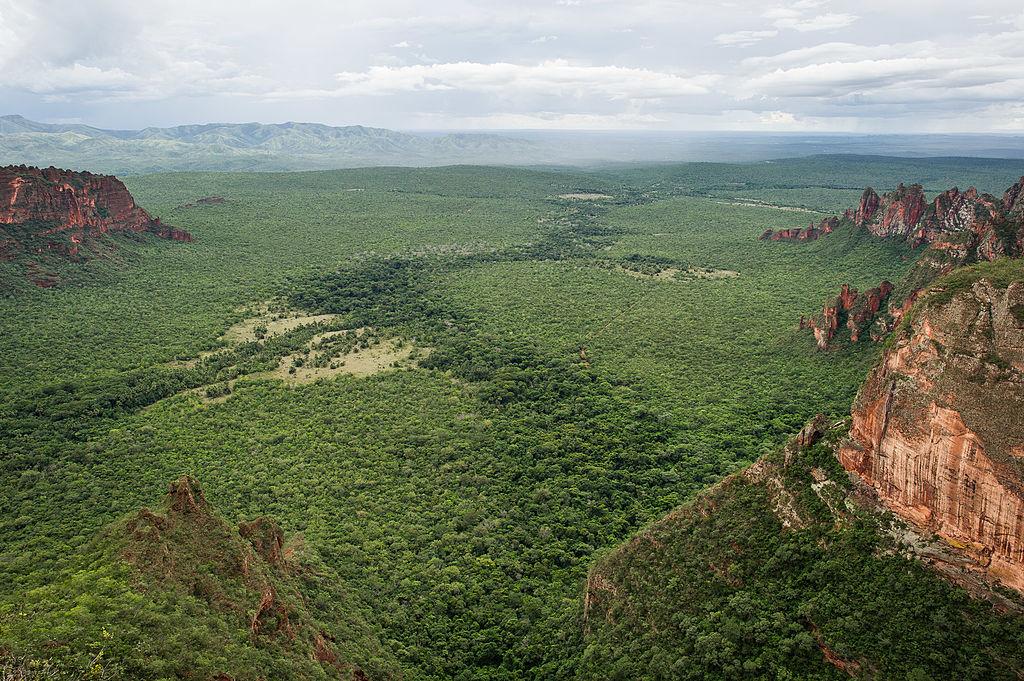Many companies that deal in commodities linked to heavy tropical deforestation, such as soy or timber, have made commitments to significantly reduce or end deforestation in their supply chains by 2020. About 82 percent of such companies rely on deforestation-free certification to ensure products meet their standards, according to CDP, a London-based NGO formerly known as the Carbon Disclosure Project.
But traditional certification methods have shortcomings. Usually, certifying bodies—like the Roundtable on Sustainable Palm Oil (RSPO) or Bonsucro, which certifies sugarcane—deal individually with mills or plantations. The onus is on each farmer or each company to invest in meeting the standards for certification. This is especially difficult for small-scale farmers.





